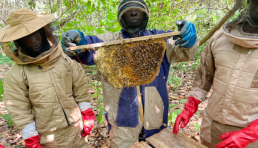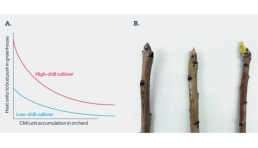Health News
Lorem ipsum
3 September 2024|
Industry Highlight: Pistachios & California
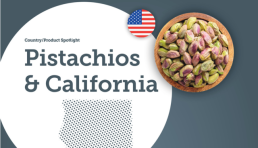
To stimulate and facilitate sustainable growth in the global Nut and Dried Fruit Industry.
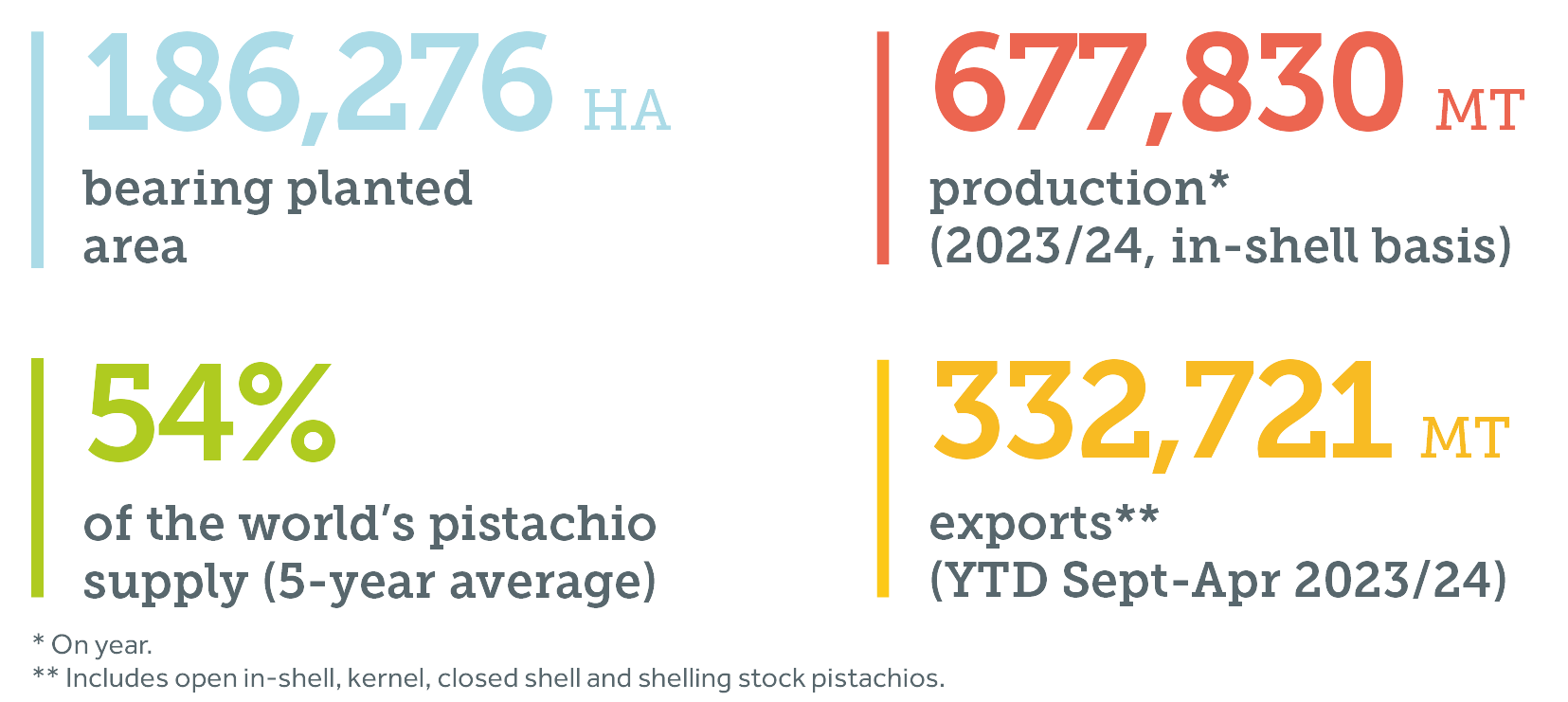 California’s Central Valley offers the perfect ingredients for pistachio production, thanks to its hot, arid summers, mild winters, fertile soil and abundant sunlight. Pistacia vera L., the pistachio species grown commercially in California, is native to Central Asia. It was first brought to the United States in 1854 but remained a marginal crop for several decades. Pistachio cultivation finally became more widespread in the 1960s, and California’s first commercial crop, amounting to 680 metric tons (MT), was harvested in 1976.[1]
The state’s planted area subsequently expanded rapidly, growing from 687 bearing hectares in 1977[1] to 186,276 in 2023 (Table 1), concentrated primarily in the southern San Joaquin Valley. Nowadays, California is renowned as a global hub for pistachio cultivation. The state’s top five pistachio-growing counties, by bearing planted area, are Kern, Fresno, Tulare, Madera and Kings (Figure 1).
Table 1. Growth of California Pistachio Planted Area, 2014-2023
Source: Administrative Committee for Pistachios, 2023 Statistics and sources quoted therein.
California’s Central Valley offers the perfect ingredients for pistachio production, thanks to its hot, arid summers, mild winters, fertile soil and abundant sunlight. Pistacia vera L., the pistachio species grown commercially in California, is native to Central Asia. It was first brought to the United States in 1854 but remained a marginal crop for several decades. Pistachio cultivation finally became more widespread in the 1960s, and California’s first commercial crop, amounting to 680 metric tons (MT), was harvested in 1976.[1]
The state’s planted area subsequently expanded rapidly, growing from 687 bearing hectares in 1977[1] to 186,276 in 2023 (Table 1), concentrated primarily in the southern San Joaquin Valley. Nowadays, California is renowned as a global hub for pistachio cultivation. The state’s top five pistachio-growing counties, by bearing planted area, are Kern, Fresno, Tulare, Madera and Kings (Figure 1).
Table 1. Growth of California Pistachio Planted Area, 2014-2023
Source: Administrative Committee for Pistachios, 2023 Statistics and sources quoted therein.
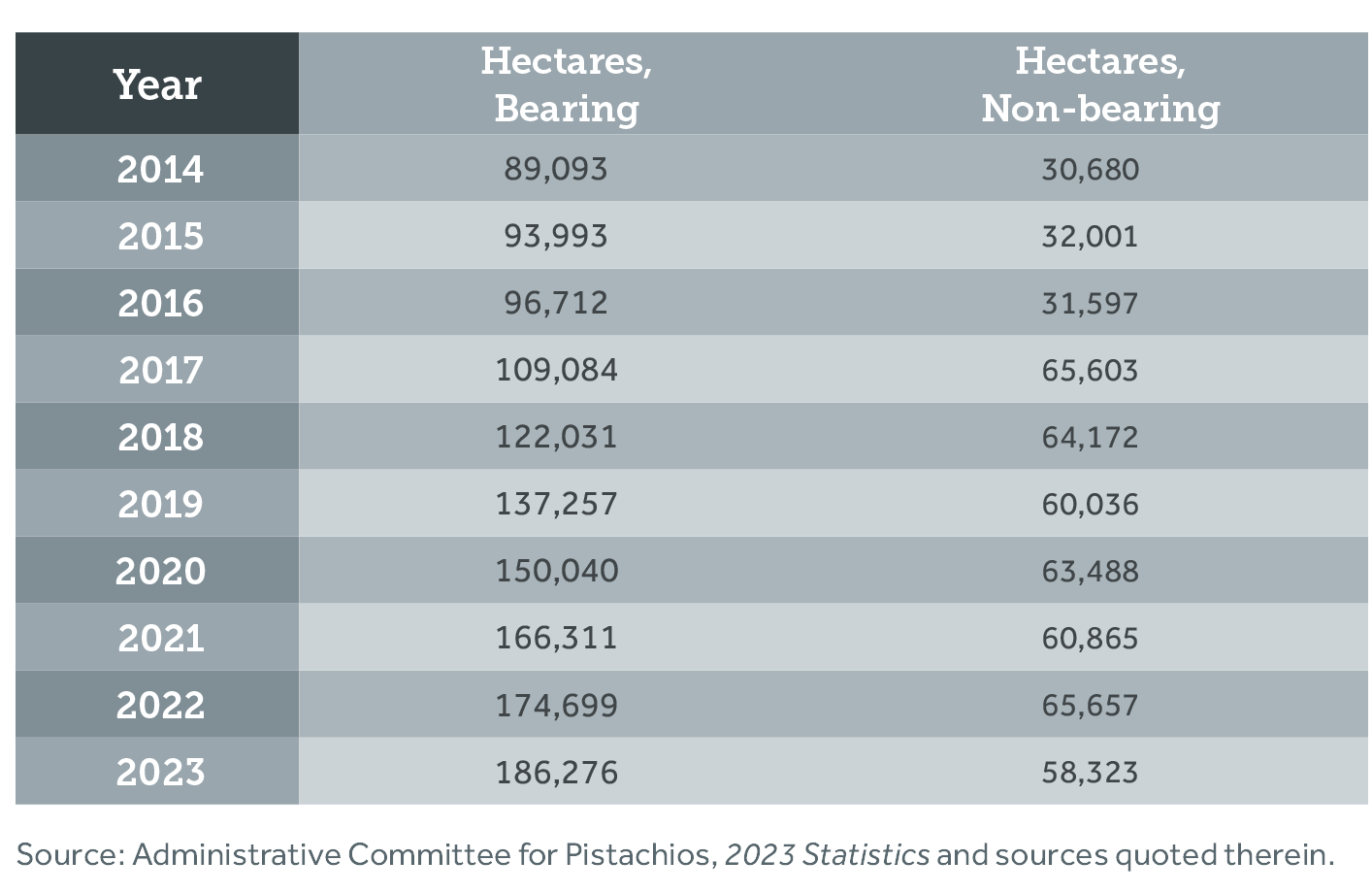 Figure 1. Top Pistachio-Growing Counties in California by Bearing Hectares, 2023
Source: Administrative Committee for Pistachios, 2023 Statistics and sources quoted therein.
Figure 1. Top Pistachio-Growing Counties in California by Bearing Hectares, 2023
Source: Administrative Committee for Pistachios, 2023 Statistics and sources quoted therein.
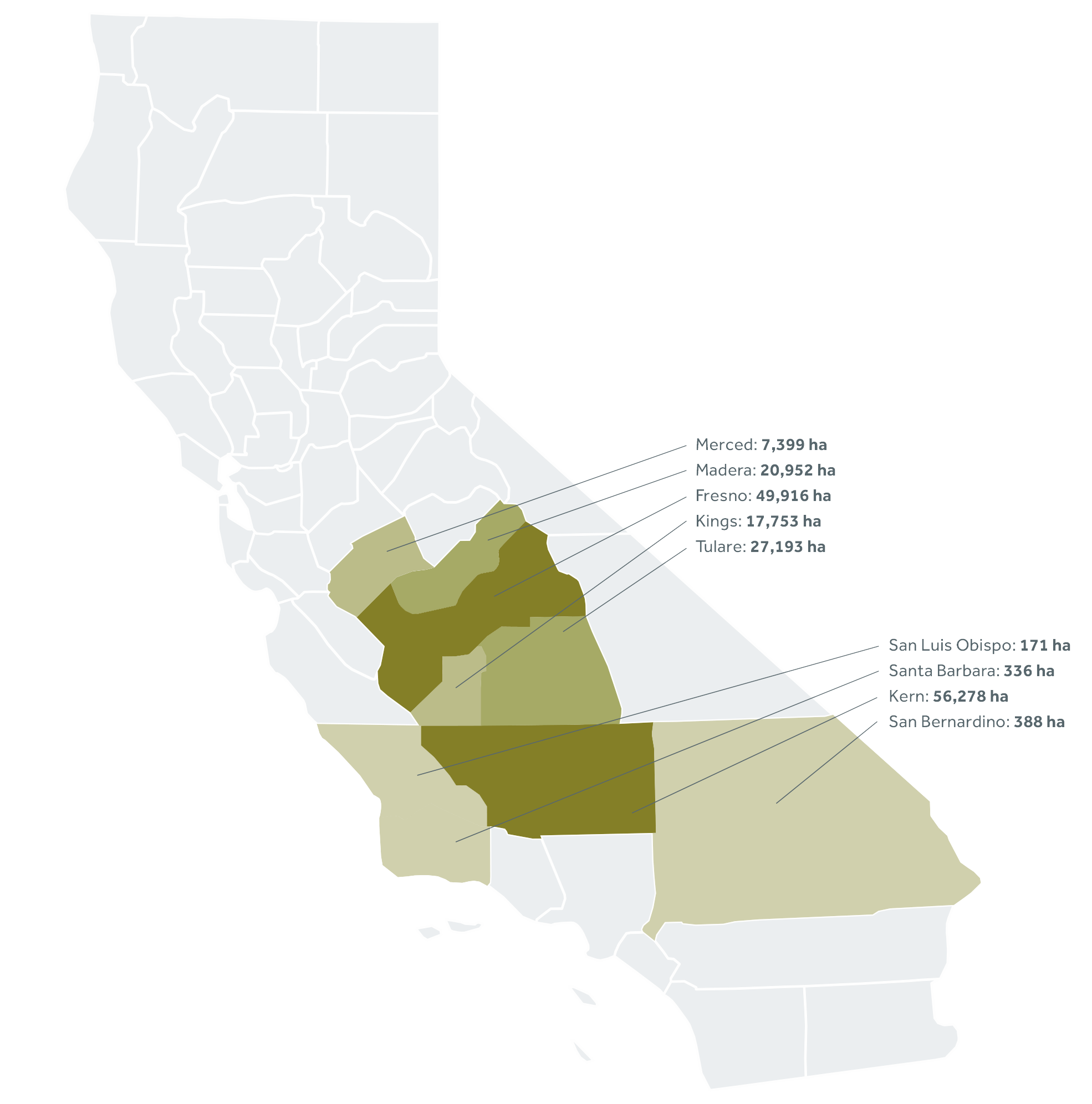 Pistachio trees are dioecious —i.e. the nut-producing female flowers and the pollen-producing male flowers grow on different cultivars— and pollinated by the wind. Nut production requires the presence of both male and female trees, and bloom synchrony between the male and female cultivars is essential.[2]
Traditionally, the California pistachio industry has relied almost entirely on only one nut-bearing female cultivar (Kerman) and one pollinating male (Peters). However, as the industry has expanded, issues associated with dependence on these two varieties have become more apparent: genetic vulnerability to pests, inadequate bloom synchrony in years with an insufficient winter rest period (i.e. chilling hours), and crops ripening at the same time across the state, leading to a very concentrated harvest period and placing pressure on harvesting and processing resources. Consequently, the industry has begun to plant new cultivars with different harvest maturity dates. As of 2018, about 34,744 hectares of Golden Hills and 4,040 hectares of Lost Hills had been planted.[3]
California accounts for more than 99% of the US pistachio crop.[4] Between 2020/21 and 2024/25, the United States produced an average of 516,514 MT of pistachios (in-shell basis) accounting for 54% of the world’s pistachio supply. In spite of the normal variance of off and on years, the California pistachio crop has followed an upward trend over the past decade, hitting a record at 678,000 MT in 2023/24. Between 2015/16 and 2024/25, the compound average growth rate of California pistachio production was 17%, compared to 9% for the global pistachio crop (Figure 2).
Figure 2. World Pistachio Production, In-shell Basis, Thousand Metric Tons
Source: INC.
Pistachio trees are dioecious —i.e. the nut-producing female flowers and the pollen-producing male flowers grow on different cultivars— and pollinated by the wind. Nut production requires the presence of both male and female trees, and bloom synchrony between the male and female cultivars is essential.[2]
Traditionally, the California pistachio industry has relied almost entirely on only one nut-bearing female cultivar (Kerman) and one pollinating male (Peters). However, as the industry has expanded, issues associated with dependence on these two varieties have become more apparent: genetic vulnerability to pests, inadequate bloom synchrony in years with an insufficient winter rest period (i.e. chilling hours), and crops ripening at the same time across the state, leading to a very concentrated harvest period and placing pressure on harvesting and processing resources. Consequently, the industry has begun to plant new cultivars with different harvest maturity dates. As of 2018, about 34,744 hectares of Golden Hills and 4,040 hectares of Lost Hills had been planted.[3]
California accounts for more than 99% of the US pistachio crop.[4] Between 2020/21 and 2024/25, the United States produced an average of 516,514 MT of pistachios (in-shell basis) accounting for 54% of the world’s pistachio supply. In spite of the normal variance of off and on years, the California pistachio crop has followed an upward trend over the past decade, hitting a record at 678,000 MT in 2023/24. Between 2015/16 and 2024/25, the compound average growth rate of California pistachio production was 17%, compared to 9% for the global pistachio crop (Figure 2).
Figure 2. World Pistachio Production, In-shell Basis, Thousand Metric Tons
Source: INC.
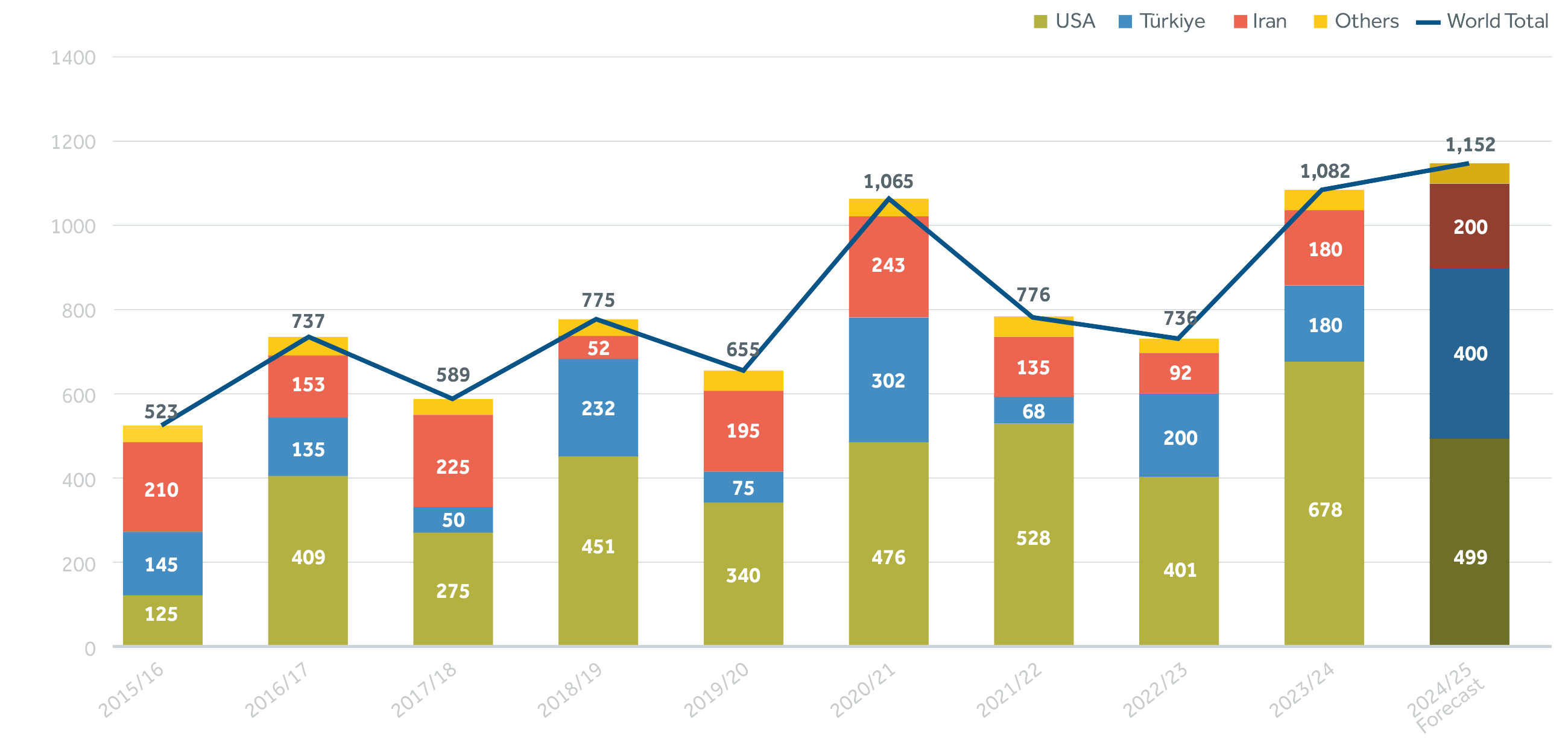 Trade
Besides being the world’s top producer of pistachios, the United States is also the leading exporter. Total US pistachio export shipments have risen over the past decade, posting a compound annual growth rate of 10% between 2013/14 and 2022/23. International shipments year-to-date between September 2023 and April 2024 have reached an estimated 332,721 MT, a 68% increase from the same period last season. With four months remaining in the marketing year, these shipments have already surpassed the total for any entire season in the last decade. Exports are dominated by open in-shell pistachios, which accounted for 85% of shipments in 2022/23. Although kernels represent a small fraction of US pistachio exports in absolute terms, they have gained ground over the past decade with a compound annual growth rate of 20%, peaking at 19,000 MT (6% of total US pistachio exports) in 2022/23 (Figure 3).
Figure 3. Total US Pistachio Export Shipments, 2013/14–2023/24, Thousand Metric Tons
Source: Administrative Committee for Pistachios Inventory/Shipment Reports.
Trade
Besides being the world’s top producer of pistachios, the United States is also the leading exporter. Total US pistachio export shipments have risen over the past decade, posting a compound annual growth rate of 10% between 2013/14 and 2022/23. International shipments year-to-date between September 2023 and April 2024 have reached an estimated 332,721 MT, a 68% increase from the same period last season. With four months remaining in the marketing year, these shipments have already surpassed the total for any entire season in the last decade. Exports are dominated by open in-shell pistachios, which accounted for 85% of shipments in 2022/23. Although kernels represent a small fraction of US pistachio exports in absolute terms, they have gained ground over the past decade with a compound annual growth rate of 20%, peaking at 19,000 MT (6% of total US pistachio exports) in 2022/23 (Figure 3).
Figure 3. Total US Pistachio Export Shipments, 2013/14–2023/24, Thousand Metric Tons
Source: Administrative Committee for Pistachios Inventory/Shipment Reports.
 China is, by far, the top importer of US pistachios, averaging 80,519 MT between 2018/19 and 2022/23. The second destination over the same period was Germany, with an average of 31,248 MT, followed by Türkiye with 12,972 MT, Spain with 11,400 MT and Canada with 9,340 MT (Figure 4). US pistachio kernel exports have more than doubled in the past five years, going from 8,725 MT in 2018/19 to 19,008 MT in 2022/23. Over the same period, the leading kernel importers were Türkiye, which received an average of 3,247 MT, followed by Canada with 1,371 MT and Italy with 1,023 MT.
Figure 4. Top Destinations of US Pistachios, 5-Year Average, Metric Tons*
* Includes open in-shell, kernel, closed shell and shelling stock pistachios.
Source: Administrative Committee for Pistachios Inventory/Shipment Reports (2018/19–2022/23).
China is, by far, the top importer of US pistachios, averaging 80,519 MT between 2018/19 and 2022/23. The second destination over the same period was Germany, with an average of 31,248 MT, followed by Türkiye with 12,972 MT, Spain with 11,400 MT and Canada with 9,340 MT (Figure 4). US pistachio kernel exports have more than doubled in the past five years, going from 8,725 MT in 2018/19 to 19,008 MT in 2022/23. Over the same period, the leading kernel importers were Türkiye, which received an average of 3,247 MT, followed by Canada with 1,371 MT and Italy with 1,023 MT.
Figure 4. Top Destinations of US Pistachios, 5-Year Average, Metric Tons*
* Includes open in-shell, kernel, closed shell and shelling stock pistachios.
Source: Administrative Committee for Pistachios Inventory/Shipment Reports (2018/19–2022/23).
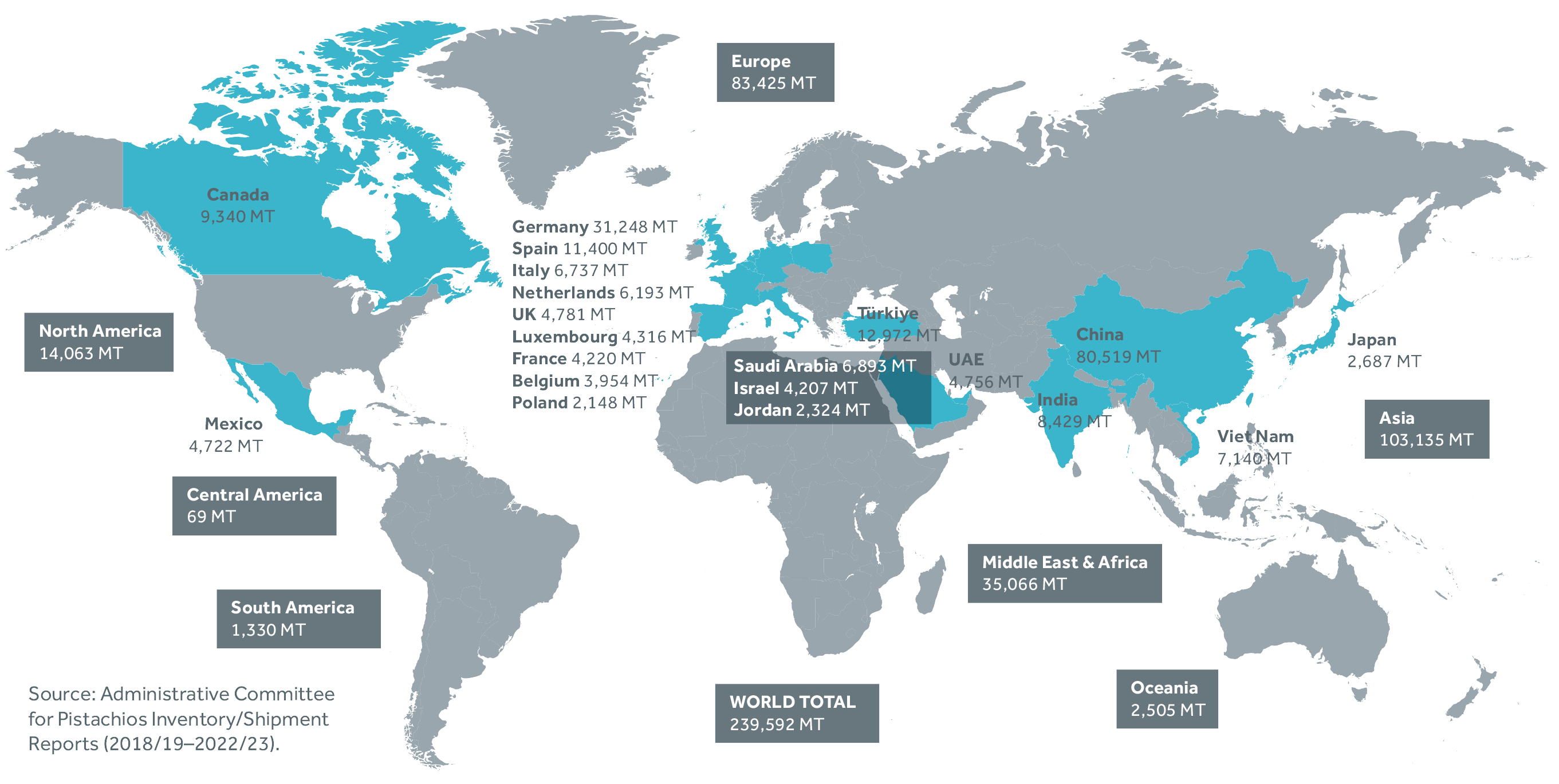 Consumption
The United States is the top destination for California pistachios. Domestic shipments have risen steadily in recent years, with a compound annual growth rate of 6% between 2013/14 and 2022/23, peaking at 119,000 MT in 2021/22 before dipping slightly to 113,000 MT in 2022/23. Per capita domestic consumption followed a similar trend, peaking at 0.35 kg in 2021/22 (Figure 5).
Figure 5. US Domestic Pistachio Consumption, Total (Thousand Metric Tons) and Per Capita (kg)*
* Includes open in-shell, kernel, closed shell and shelling stock pistachios.
Sources: Administrative Committee for Pistachios Inventory/Shipment Reports and UN Population Division.
Consumption
The United States is the top destination for California pistachios. Domestic shipments have risen steadily in recent years, with a compound annual growth rate of 6% between 2013/14 and 2022/23, peaking at 119,000 MT in 2021/22 before dipping slightly to 113,000 MT in 2022/23. Per capita domestic consumption followed a similar trend, peaking at 0.35 kg in 2021/22 (Figure 5).
Figure 5. US Domestic Pistachio Consumption, Total (Thousand Metric Tons) and Per Capita (kg)*
* Includes open in-shell, kernel, closed shell and shelling stock pistachios.
Sources: Administrative Committee for Pistachios Inventory/Shipment Reports and UN Population Division.
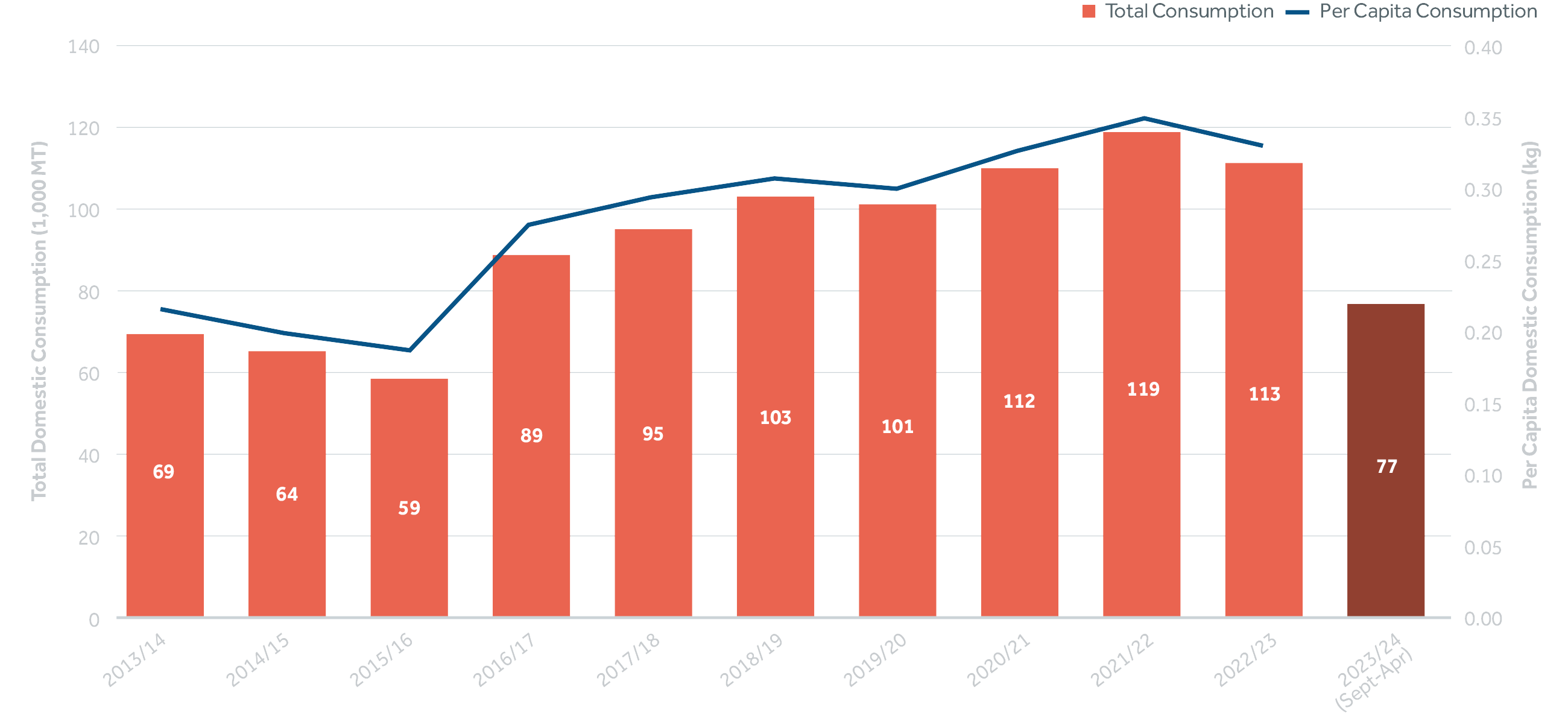 References
References
- Geisseler, D., and Horwath, W.R. (2016). Pistachio Production in California. California Department of Food and Agriculture Fertilizer Research and Education Program.
- Kallsen, C.E., Parfitt, D.E., Maranto, J., et al. (2009). New pistachio varieties show promise for California cultivation. California Agriculture, 63(1).
- Kallsen, C.E., Parfitt, D.E., Maranto, J. (2020). UC pistachio cultivars show improved nut quality and are ready for harvest earlier than ‘Kerman’. California Agriculture, 74(2).
- California Foundation for Agriculture in the Classroom (2022). Commodity Fact Sheet: Pistachios. https://cdn.agclassroom.org/ca/resources/fact/pistachios.pdf
Access denied

